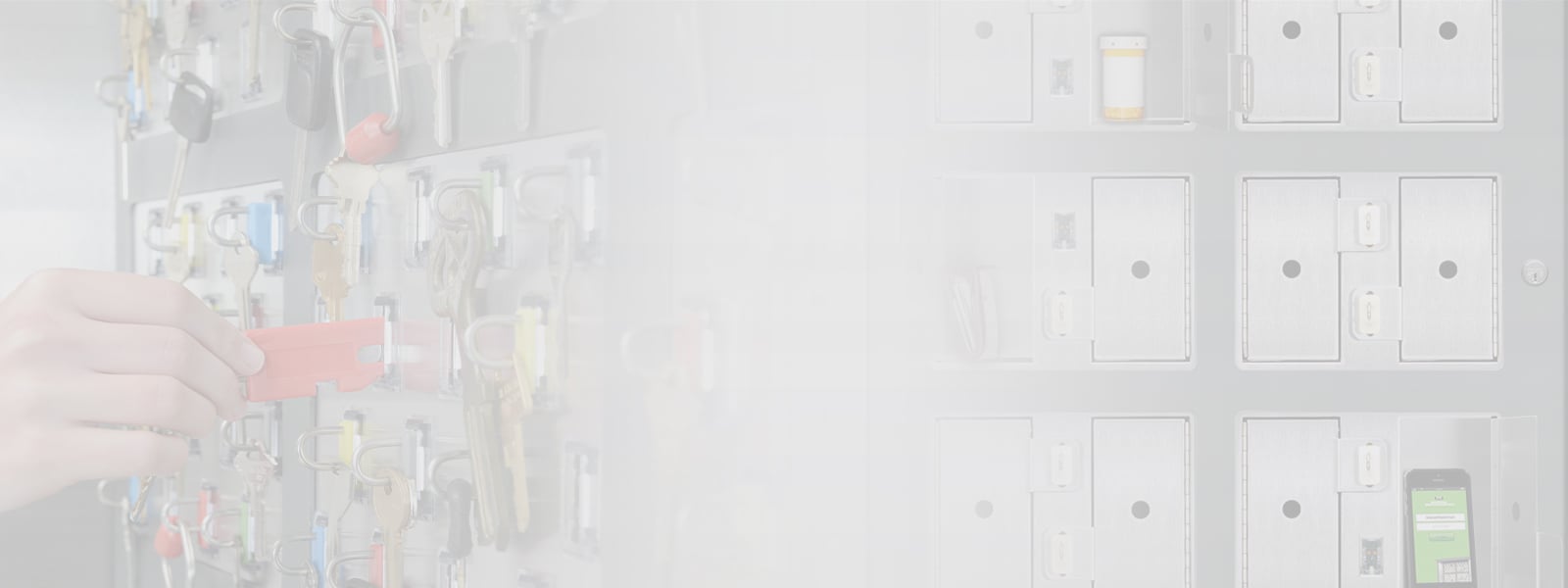Physical security for semi-public buildings such as airports, hospitals, university campuses, museums and others tend to have unique challenges. The main reason for this is that semi-public facilities must accommodate a mix of personnel and outside people who have legitimate reason to be on site; patients and family at hospitals; students and visiting faculty on campus; temporary contractors at an airport, etc.
One of the ways management can address this problem is by strengthening access control, and key control systems are a clear solution to achieve this goal. Automated key control systems offer an increased level of access control by preventing unauthorized key access and reducing the incidence of lost or misplaced keys. The systems also help improve security by providing valuable forensic capabilities such as automated tracking, alarm and reporting functions.
Tamper-proof cabinets are used to hold keys needed for access to areas that are restricted from the general public such as pharmacy storage in a hospital or research labs at a university. Authorized users who have permission to enter these restricted areas can access keys that they have been approved to use by entering their PIN code and swiping a pre-issued badge. If the criteria entered matches the information stored in the system data base, the key cabinet will unlock and the needed key can be removed or returned.
Enhanced access control also means better quality information and more of it. Key control systems provide scheduled email reports of what keys are in or out and who has/had them to keep security management informed and up to date. If an incident occurs, management can query the system for specific details or, immediately following an incident, a report can be generated showing which keys are back in the system and which keys are still out and who last accessed them.
While there are many ways to address risk management in semi-public buildings, enhanced access control through the use of automated key control systems is a definite winner.



